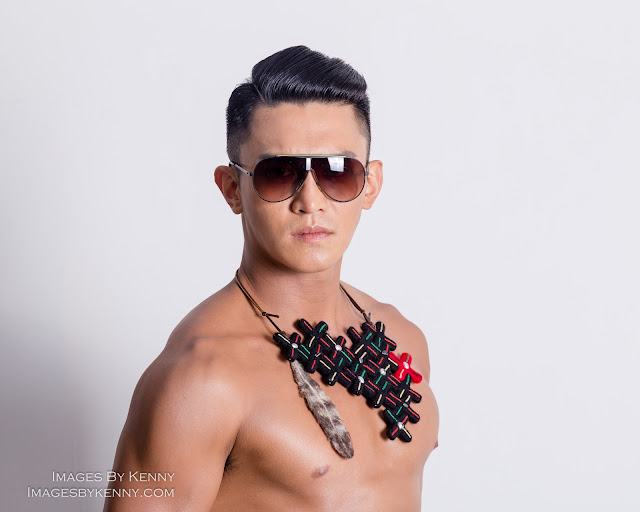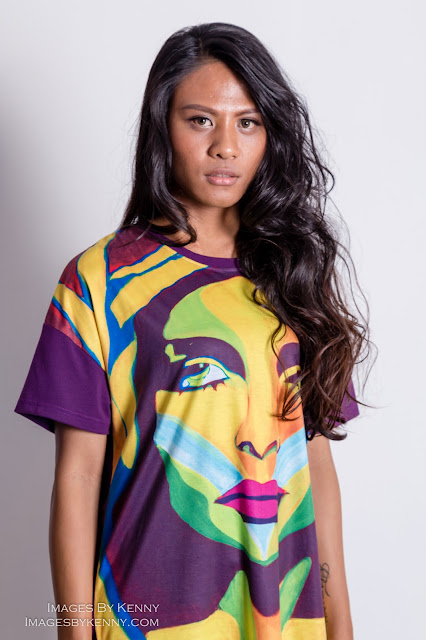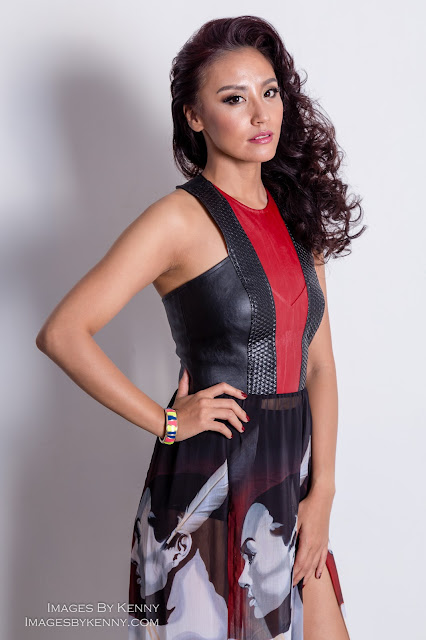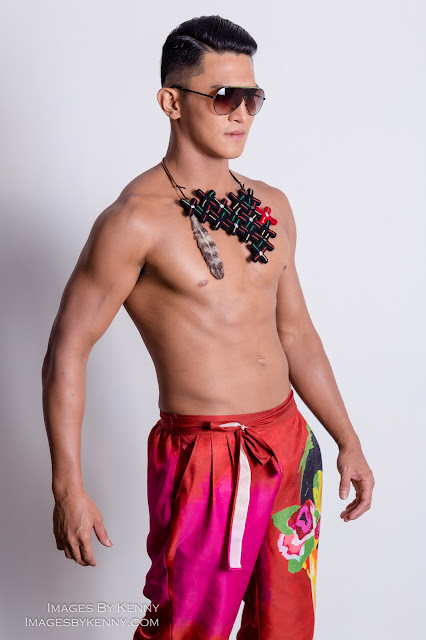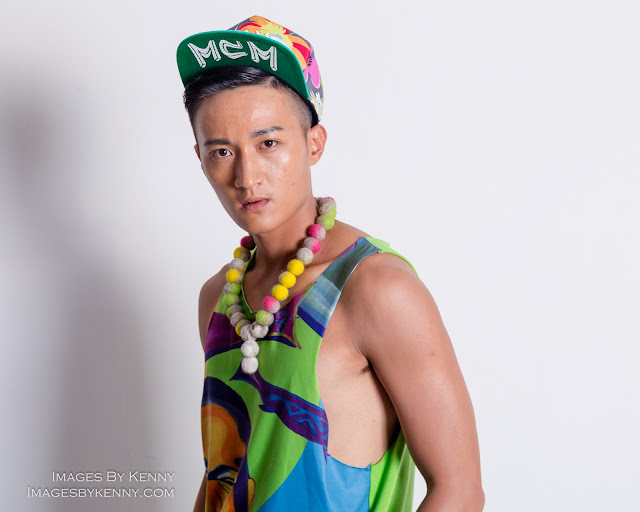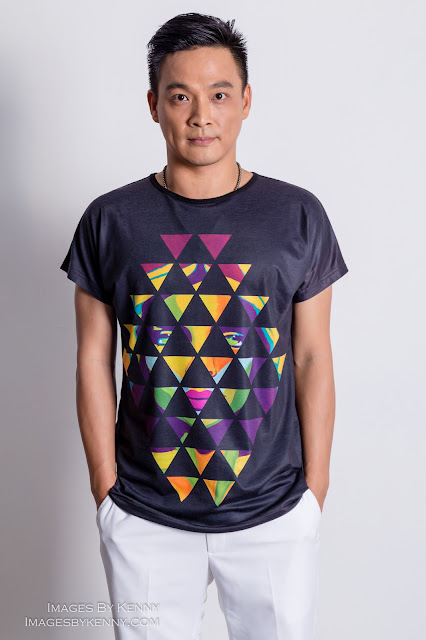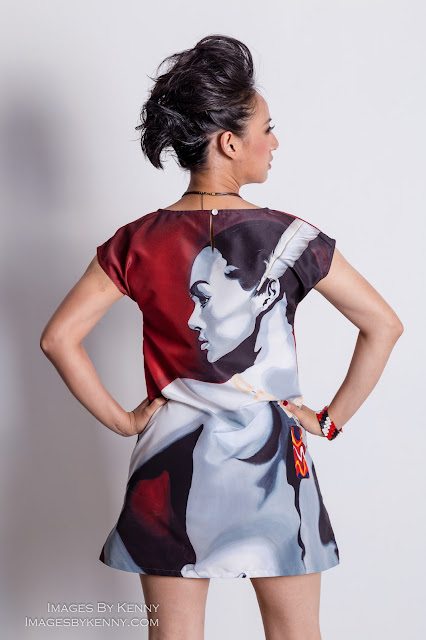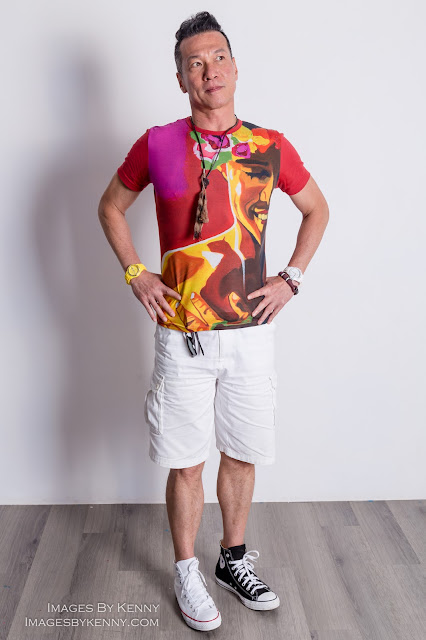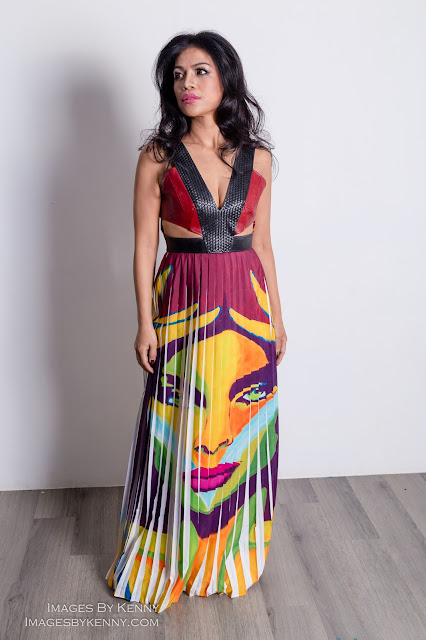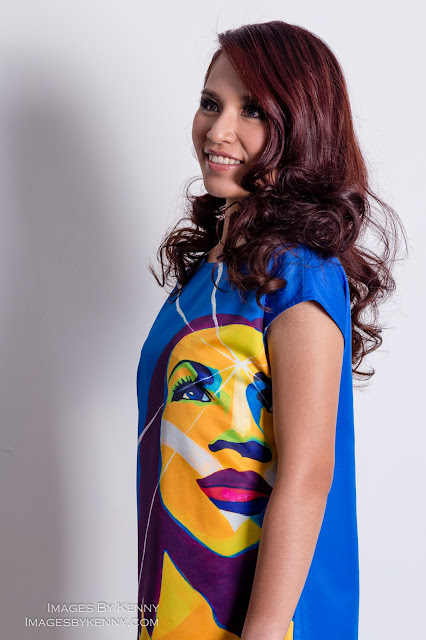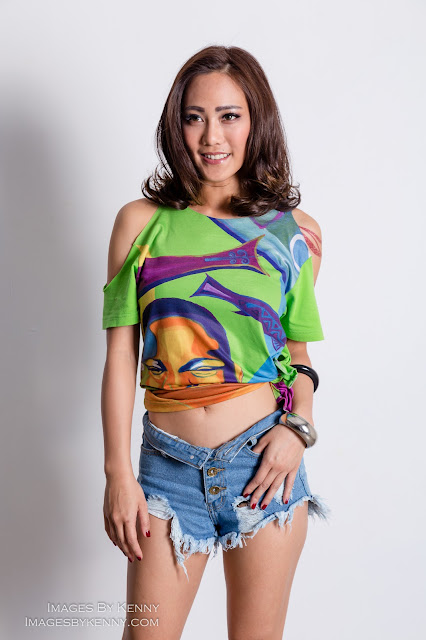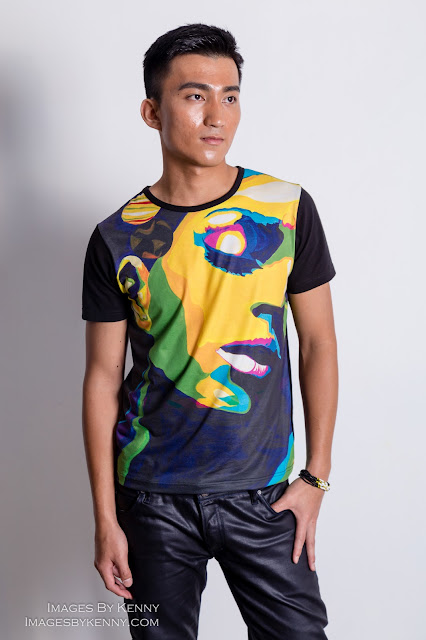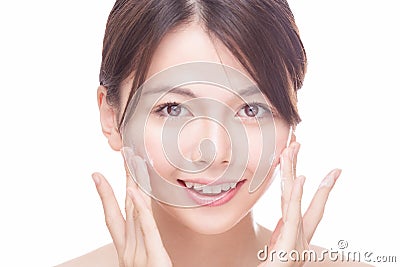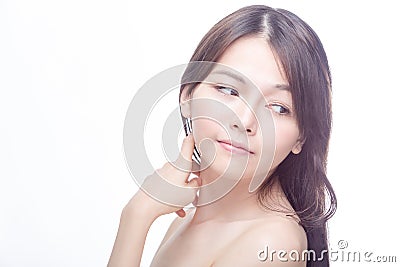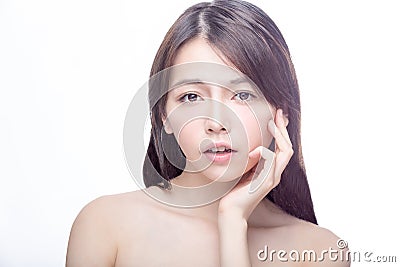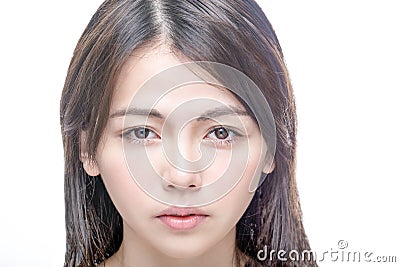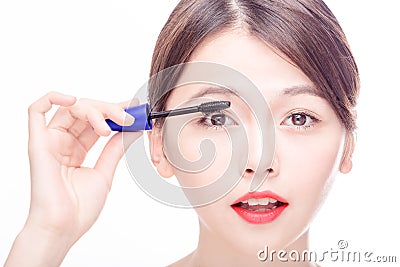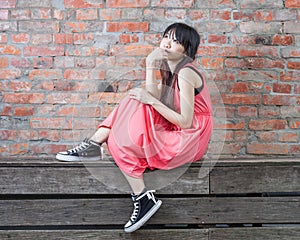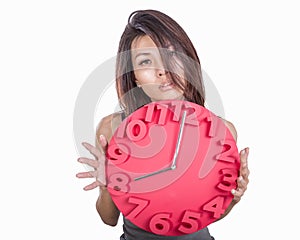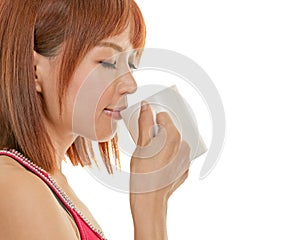I recently shot
a fashion show of an amazing Amis designer named Yosifu at the Yosifu Art Gallery in Taipei.
The gallery itself has many of his incredible works displayed featuring
distinctive aboriginal themes with lots of bright open spaces making it a relaxed
atmosphere for viewers.
When I got
there, they were busy doing a rehearsal for the show. After the rehearsal I had
about 45 minutes to shoot models adorning each of the dozen or so pieces before
the show itself started. I made five or six shots of each before the venue
started to fill up and I needed to take down the lighting setup. Quite a few
Taiwanese celebrities attended the event, from singers to actors from Seediq
Bale.
Yosifu's event
went beyond a conventional fashion show. The fashion show included original
music performances and dance performances in addition to the runway models,
which all integrated into a unified theme. Yosifu is first and foremost an
artist and his art integrated into the fashion offered fashion goers an
artistic display on the runway.
It was a
pleasure to shoot his artworks both on and off the runway. Yosifu explores
social issues surrounding indigenous cultures and through his work, which I
find quite fascinating. I would have liked to learn about the stories and traditional
indigenous customs behind the art on the fashion pieces, but I didn't get much
chance to talk to Yosifu. I will try at a later stage to discuss them with
him.
Yosifu has
an interesting and inspiring history. He was born in Matailing, Hualien County, Taiwan and is part of the Amis
tribe of aboriginal people found on the east of the island. The Amis are one of
the sixteen officially recognized indigenous groups of Taiwanese aborigines.
He originally
planned to be a singer, so at age 18 he formed a band with friends. They got a
chance to release an album, but later were prevented from working due to a
dispute between their agent and record company. Yosifu got depressed about not being
able to pursue his singing career. He took a break from his troubles and visited
a friend in Edinburgh,
U.K in 1998. He was captivated by the city’s beauty and vibrant arts scene, and
he has lived in Edinburgh
ever since.
To make
ends meet, he started painting houses. Yosifu started exploring his new
interest in art, at first copying famous paintings. His landlord introduced
Yosifu to an art agent, who invited Yosifu to participate in an exhibition
featuring oil paintings by 10 emerging artists. Yosifu was the first one to
sell a piece on the opening day of the event.
This
encouraged Yosifu to devote more time to his art, and he gained the confidence
to approach galleries, luxury hotels, and upscale restaurants to promote his
work. Their response wasn't positive, so he began to lose hope after many
rejections. One day at a local café Yosifu found out that there was an opening
to display work for five days. He sold 12 of the 15 works he exhibited there.
To make his
work more marketable, Yosifu started experimenting with painting animals,
flowers and other popular subjects. In 2008 he started developing his own style
by expressing his experiences and feelings through his art. A British friend inspired
him to reflect on his own cultural identity as a Taiwanese aboriginal in his artistic
ideals.
 |
| Dancers at Aboriginal Fashion Show in Taiwan |
Yosifu
returned to Taiwan
to stay in his hometown and other tribal villages in 2010, to gain a deeper
understanding of indigenous cultures and traditions. The journey reconnected
him with tribal communities and became a source of inspiration for his artistic
creations. He now returns to Taiwan
for three months a year to visit aboriginal villages around the island, teach
children to draw, and exhibit new paintings. His work has been displayed at over
20 exhibitions locally and in the UK
and he has been invited to open exhibitions all over Europe and Asia.

Yosifu is
proud of his country's culture and is happy to be able to introduce the beauty
and dignity of aboriginal cultures to the world, attracting more and more
people to discover Taiwan's
indigenous cultures and traditions. Since so many indigenous traditions are
fading away and many young aboriginals are not familiar with their own culture,
Yosifu has taken on the responsibility to record and present the stories and
cultures for aboriginals in Taiwan
through his creativity.
His work displays
the dignity, spirit and traditions of Taiwan’s indigenous tribes and also
addresses serious issues indigenous people face, like the expropriation of
ancestral lands and suppression of aboriginal languages. Yosifu hopes his
creations can show his concerns about Taiwan's environmental issues such
as deforestation, pollution, urban renewal projects, and nuclear waste disposal
and inspire people to protect the environment and preserve the indigenous
cultures and traditions.
He brings his
work to life with his use of vivid, warm, rich colors with light and shade which
adds dramatic intensity. These elements in his art are evocative of fashion images.
Which is why his art has extensive applications in the fashion and creative
industries—French cosmetics and beauty company L’Oréal even used his "Driftwood"
work as a projected backdrop for a hair and fashion show in Dubai in 2014.
His work
is popular in Europe and Asia, and his works have been bought by private
collectors from Scotland, England, Australia,
Brazil, Canada, Hong Kong,
Singapore, Spain, Taiwan,
and Sweden.
To see his
art in person, go to Yosifu Art:
Address:
7F., No.9, Sec. 1, Jinshan S. Rd.,
Zhongzheng Dist., Taipei
City.
Hours:
Closed Mondays, open Tuesday to Sunday.






